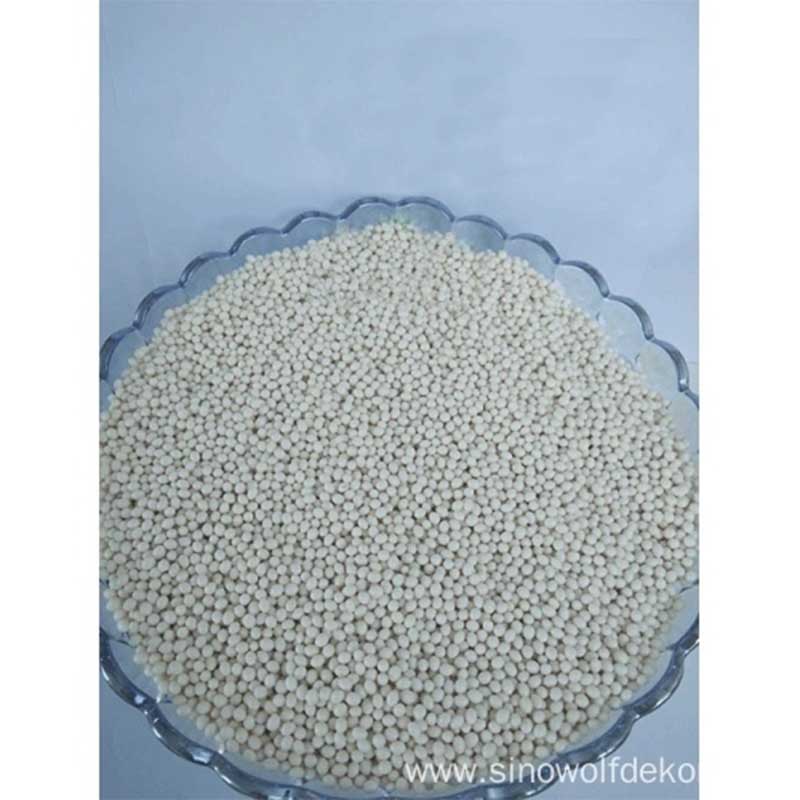Hot Melt Adhesive edge sealing is a technique commonly used in the furniture manufacturing and woodworking industries that uses hot melt adhesive to bond edge strips to wooden boards or other substrates to enhance the appearance and durability of the product. The working principle of hot melt adhesive edge sealing is based on the characteristics of hot melt adhesive and a series of precise process steps.

Characteristics of hot melt adhesive
Hot melt adhesive is a solid glue that becomes liquid at high temperatures and solidifies quickly after cooling. This characteristic makes hot melt adhesive very suitable for the edge sealing process, as it can complete the bonding in a very short time and has good bonding strength.
Hot melt adhesive edge sealing process
The process of hot melt adhesive edge sealing can be simply summarized as: preheating, coating, lamination, cooling and trimming.
First, the hot melt adhesive particles are added to the preheating tank of the edge sealing machine. By heating, the hot melt adhesive particles are heated above their melting point, turning them into a viscous liquid state. The temperature and time at this stage need to be precisely controlled to ensure that the hot melt adhesive reaches the appropriate viscosity.
Next, the coating stage begins, and the coating roller or nozzle evenly applies the hot melt glue to the edges of the boards that need to be bonded. In this step, machine design and control are crucial to ensure uniformity of coating and accurate control of the amount of adhesive.
Then, place the edge strips on the edges of the boards that have been coated with hot melt glue and press them tightly together with a press or roller. At this stage, the hot melt adhesive comes into play, making contact with the surface of the board and edging and solidifying quickly to form a strong bond.
This is followed by the cooling stage, where the edge-sealed product is cooled for a period of time to allow the hot melt adhesive to completely solidify and stabilize. Finally, after trimming and shaping, the excess edges are trimmed and sanded so that they fit perfectly with the surface of the board.
Process control and optimization
Process control of hot melt adhesive edge sealing is the key to ensuring product quality and production efficiency. Accurate control of parameters such as temperature, pressure, and glue coating amount can affect the coating uniformity, bonding strength, and production speed of hot melt glue. Therefore, modern edge sealing machines are usually equipped with sophisticated control systems that can monitor and adjust these parameters in real time to meet different material and process requirements.
Conclusion
The working principle of hot melt adhesive edge sealing is based on the characteristics of hot melt adhesive and a series of precise process steps. Through reasonable control and optimization, hot melt adhesive edge sealing technology can achieve efficient and stable bonding, providing a reliable solution for the furniture manufacturing and woodworking industries.



